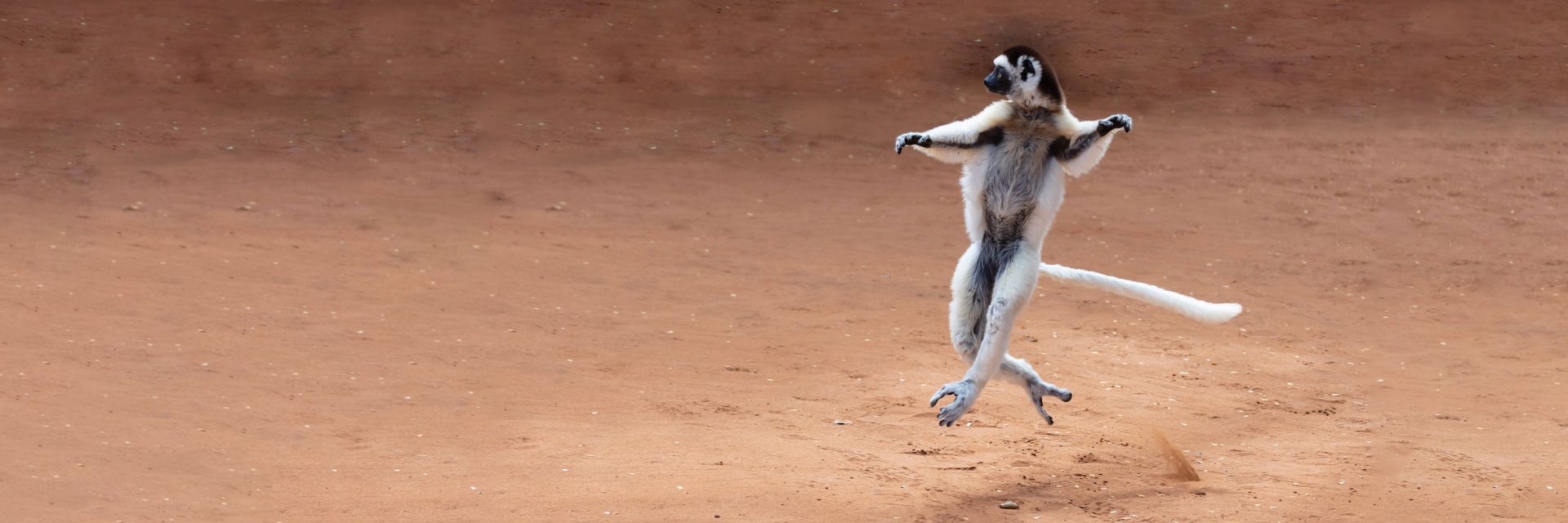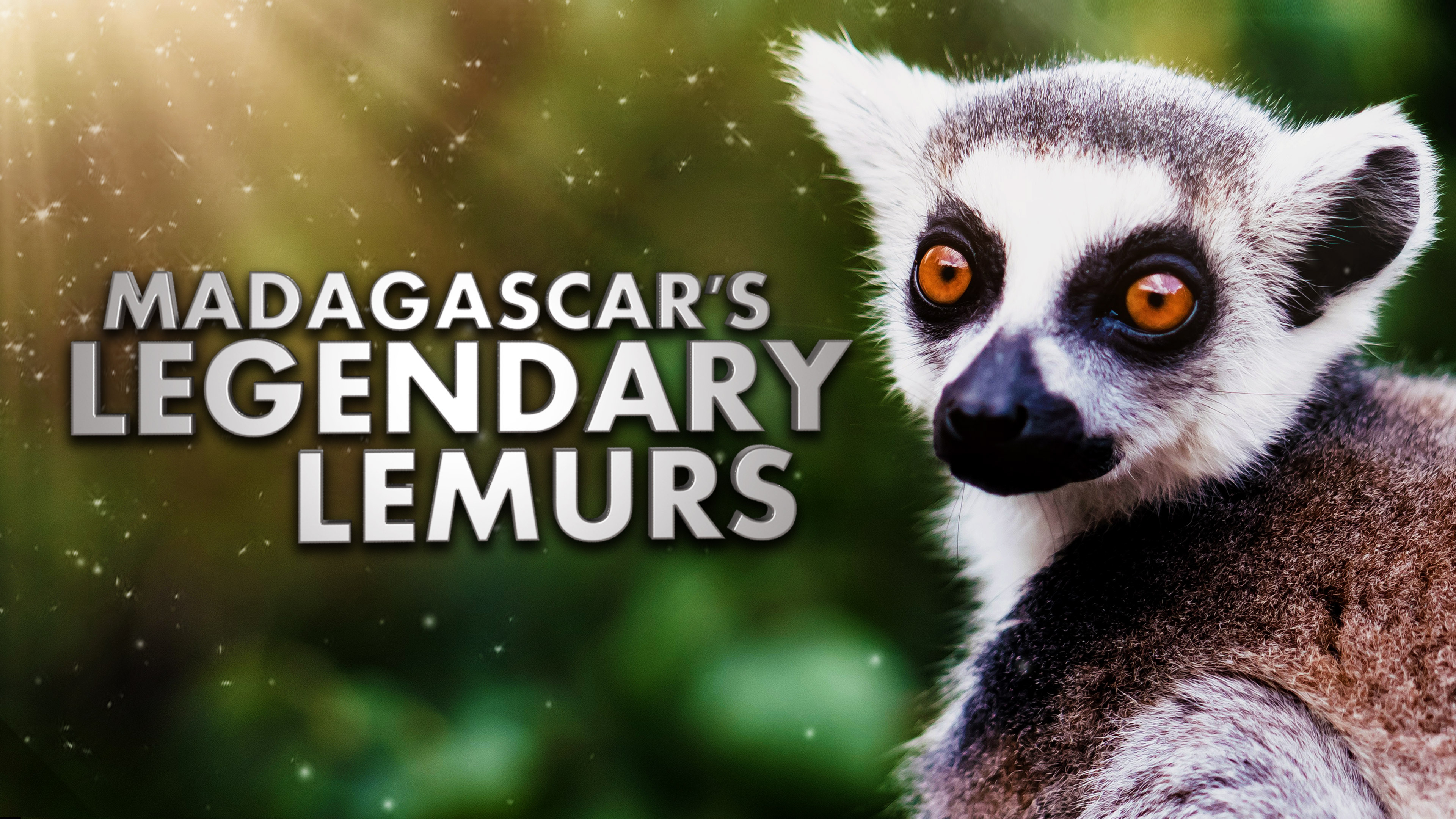A span of 88 million years separated the creation of Madagascar from a human presence on the island, resulting in a remarkable array of wildlife.
◊
Have you seen the popular Madagascar series of animated features that were released early in this century? They’re very entertaining, but the wild wonders of this large island, the fourth largest in the world, range far beyond the cartoon creatures featured in those films.
Eons ago, what was to become the island of Madagascar was part of a supercontinent called Gondwana, which encompassed Africa, Antarctica, Arabia, Australia, India, South America, and more. As Gondwana began to separate due to the movement of continental plates, Madagascar broke off from the larger landmass roughly 88 million years ago.
The island, with its 225,000 square miles of tropical terrain, developed hundreds of thousands of native wildlife species. Its seclusion to the east of Africa for millions of years made it a living laboratory of evolution, one where 90 percent of its living creatures – approximately 150,000 species – exist nowhere else on Earth.
Then, about 2,000 years ago, humans first began to populate the island. The introduction of humans brought many changes, including the destruction of much natural land and the extinction of many animal species. Even so, the natural wonders of Madagascar’s wildlife are almost too many to enumerate.
Let’s explore a tiny slice of this environmental richness with a select group of unique Madagascar animals, beginning with some of the most amazing primates this side of homo sapiens – the lively, and very varied, group of native lemurs, a distant cousin to the monkeys of Africa and India.
Learn more about the fascinating lemurs of Madagascar in this enlightening MagellanTV documentary.
The Lemurs of Madagascar: Life in the ‘Land that Time Forgot’
Lemurs are primates, a group that also includes monkeys, apes, and humans. However, evolutionarily speaking, lemurs are some of the earliest primates and belong to a different branch of the family tree, one that’s called prosimians, which means “pre-monkey.”
Lemurs arrived on Madagascar somewhere between 40 and 52 million years ago, possibly by rafting on a floating mat of vegetation. Once these ancestral primates arrived, they encountered an environment with little competition and few predators, which allowed them to evolve into the wide variety of today’s species. This process, known as adaptive radiation, is what led to the extraordinary diversity of lemurs, which are found nowhere else in the world. There are well over 100 types of lemurs on Madagascar; let’s take a closer look at just four: sifaka, indri, ring-tailed, and aye-aye.
Sifaka
Sifakas are known for their distinctive way of moving. Unlike many lemurs that primarily walk or climb, sifakas “dance” with a series of sideways hops when moving between trees. This unique form of locomotion is tied to their powerful hind legs, which are adapted for leaping. They primarily live in trees and can easily leap distances of up to 30 feet. Sifakas have long tails and soft fur, which ranges from white and black to golden hues. They live in small social groups and communicate with each other using a range of vocalizations, including the loud, high-pitched call from which their name derives: “shi-fak.”
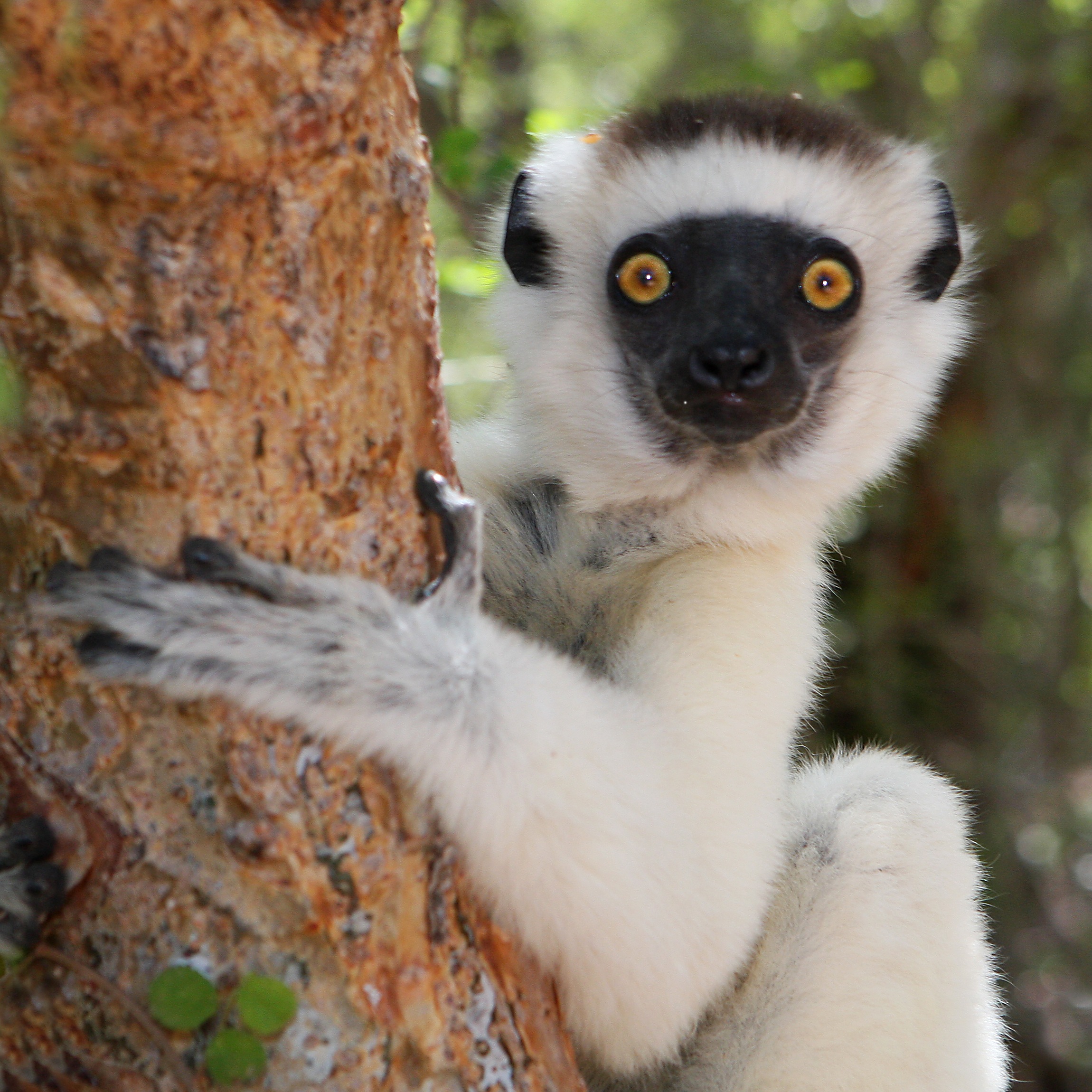 Sifaka in Madagascar’s Berenty Reserve (Credit: David Dennis, via Wikimedia Commons)
Sifaka in Madagascar’s Berenty Reserve (Credit: David Dennis, via Wikimedia Commons)
Indri
The indri is the largest living lemur and is remarkable for its loud, haunting vocalizations. Locals call this species babakoto, which translates as “ancestor of Man.” Indris have a striking appearance, with black-and-white fur and long limbs. They live in small family groups, typically consisting of a mated pair and their offspring, and primarily feed on leaves, flowers, and fruits, which they find high in the forest canopy. They are highly territorial and use their powerful calls to mark their boundaries.
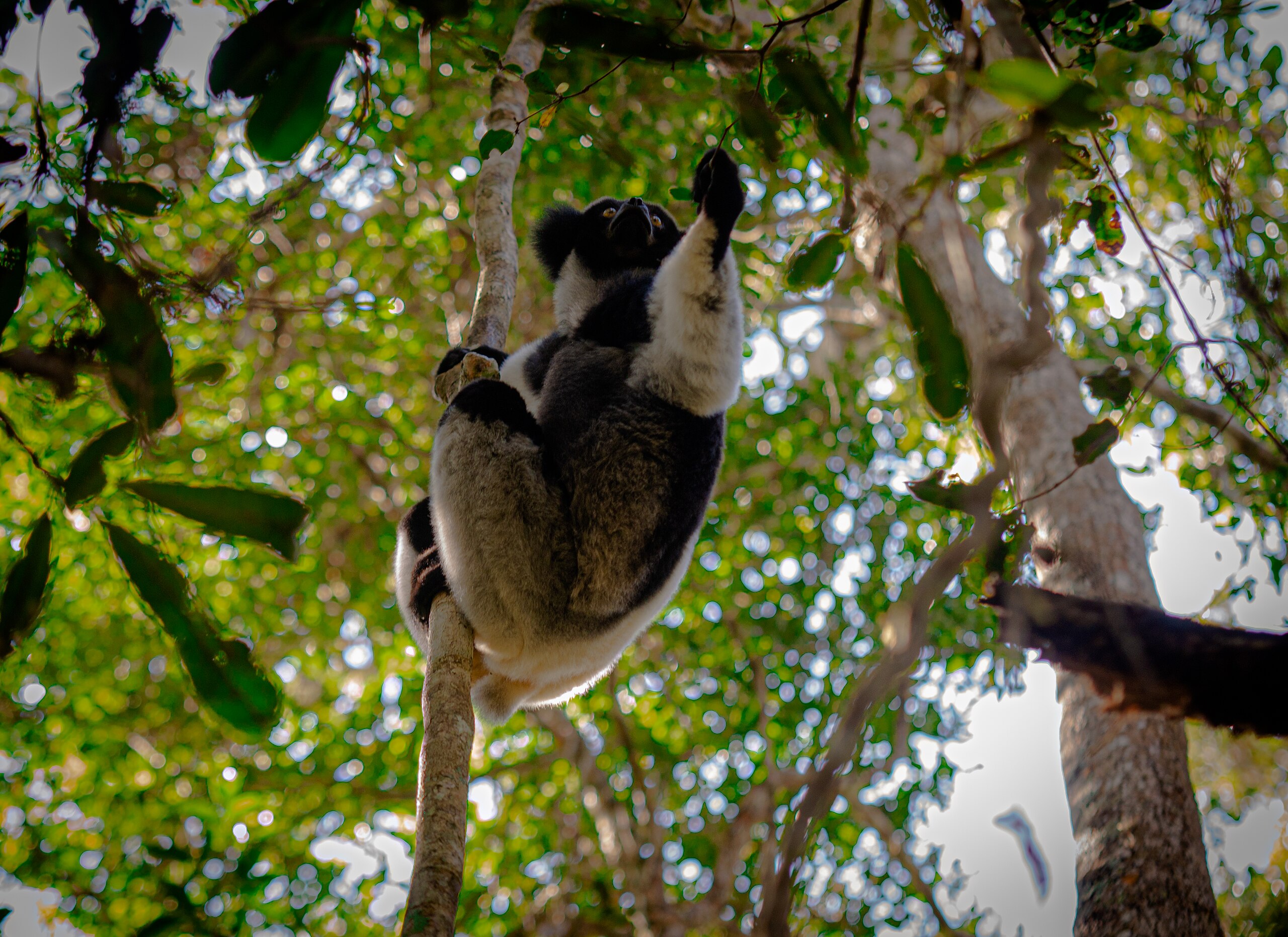 The diet of the indri consists primarily of leaves. (Source: MPMF24, via Wikimedia Commons)
The diet of the indri consists primarily of leaves. (Source: MPMF24, via Wikimedia Commons)
Ring-Tailed Lemur
The ring-tailed lemur is perhaps the most iconic of all lemurs, easily identified by its long, bushy tail adorned with alternating black and white rings. Unlike many other lemurs, ring-tailed lemurs spend much of their time on the ground, although they are still adept climbers. They inhabit the dry forests and scrublands of southern Madagascar, where they live in large, matriarchal social groups. Ring-tailed lemurs are omnivorous, with a diet that includes fruits, leaves, flowers, and small insects. They are known for their sunbathing behavior, where they sit upright with their arms outstretched, possibly to absorb warmth.
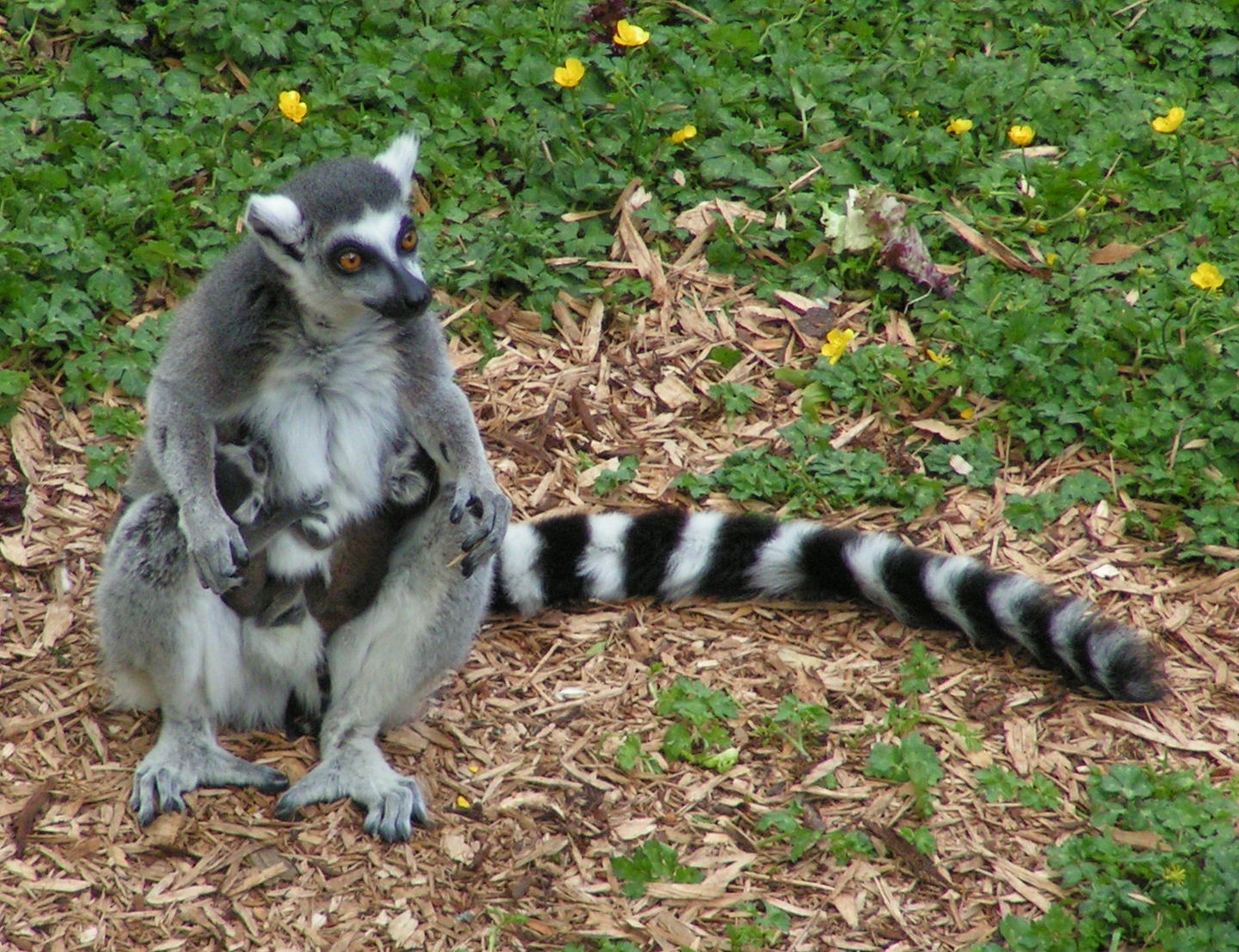 A female ring-tailed lemur holds a set of newborn twins. (Source: Sannse, via Wikimedia Commons)
A female ring-tailed lemur holds a set of newborn twins. (Source: Sannse, via Wikimedia Commons)
Aye-Aye
The aye-aye is one of Madagascar’s most peculiar and mysterious lemurs. It has a unique appearance, characterized by large, bat-like ears, bulging eyes, and an elongated middle finger. This finger is a specialized tool used for foraging: the aye-aye taps on tree bark to locate hollow spaces where insects might be hiding, then uses its finger to extract the prey. This behavior, calle percussive foraging, is unparalleled among primates. Aye-ayes spend their nights foraging in trees and their days sleeping in nests made of leaves and twigs. Due to their unusual appearance and nocturnal habits, aye-ayes have been the subject of local myths and superstitions, often regarded as a bad omen or harbinger of death. They are a habitual target of human depredation, leading to their scarcity, especially in populated areas.
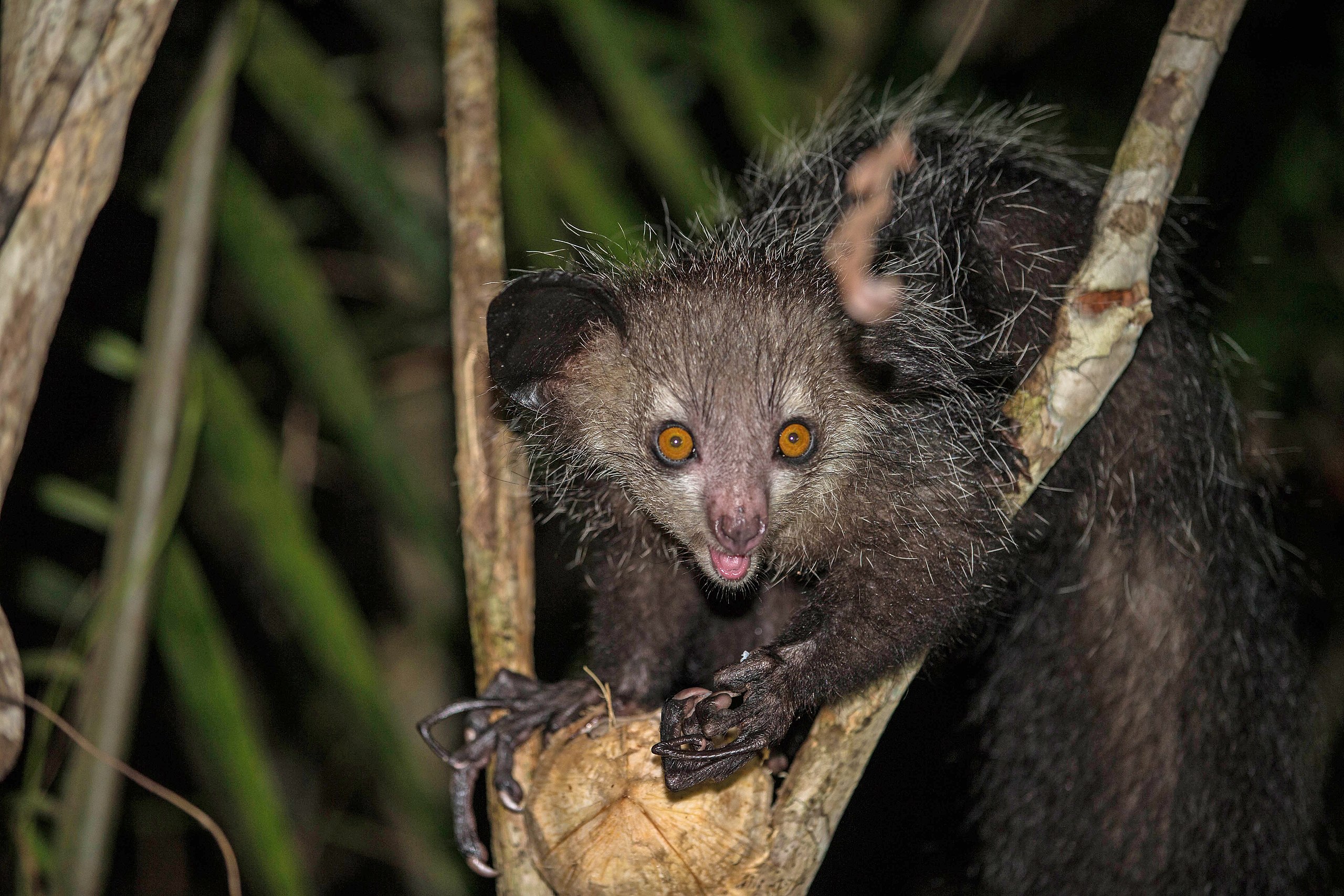 Madagascar’s wild aye-aye is a nocturnal species of lemur that uses its reticulated claws to seek prey inside trees. (Source: nomis-simon on Flickr, via Wikimedia Commons)
Madagascar’s wild aye-aye is a nocturnal species of lemur that uses its reticulated claws to seek prey inside trees. (Source: nomis-simon on Flickr, via Wikimedia Commons)
The Fossa: Adapting to a Changing Habitat
Madagascar’s endemic creatures prominently display how evolution has produced remarkable adaptations to the island’s diverse ecosystems. As with lemurs, many distinct species have developed over eons to thrive in challenging environments.
Let’s take a look at Madagascar’s top predator, the fossa, the island’s largest carnivorous mammal. Resembling a mix between a cat and a mongoose, the fossa is both agile and powerful, with semi-retractable claws and flexible ankles. These features allow it to climb trees and leap between branches with ease, making it an exceptionally adept hunter in Madagascar’s forests. The fossa preys on a variety of animals, including lemurs, birds, reptiles, and other small mammals, showcasing its versatility as a predator. Its keen sense of smell, sharp teeth, and strong muscular build further enhance its hunting prowess.
.jpg) Madagascar’s fossa is the great island’s apex predator, regulating prey populations within its habitat. (Source: Charles J. Sharp, Sharp Photography, via Wikimedia Commons)
Madagascar’s fossa is the great island’s apex predator, regulating prey populations within its habitat. (Source: Charles J. Sharp, Sharp Photography, via Wikimedia Commons)
The fossa is a vital part of Madagascar’s unique ecosystem. One side effect of its role as an apex predator is that it helps regulate prey populations, maintaining an ecological balance within its habitat. However, the fossa faces significant threats to its survival. Humans sometimes hunt them, seeing them as a threat to livestock or poultry. They also face threats due to other human activities, such as farming and urban growth.
The Tomato Frog: A Fierce Defender of its Lowland Territory
The tomato frog, a vibrant red-orange amphibian, thrives in Madagascar’s humid lowlands, particularly in swampy areas, marshes, and near streams. Its striking coloration, ranging from bright orange to reddish hues, warns potential predators of a nasty surprise. The frog secretes a sticky, toxic substance from its skin that can irritate the mouth and eyes of would-be attackers, making it an unappealing target.
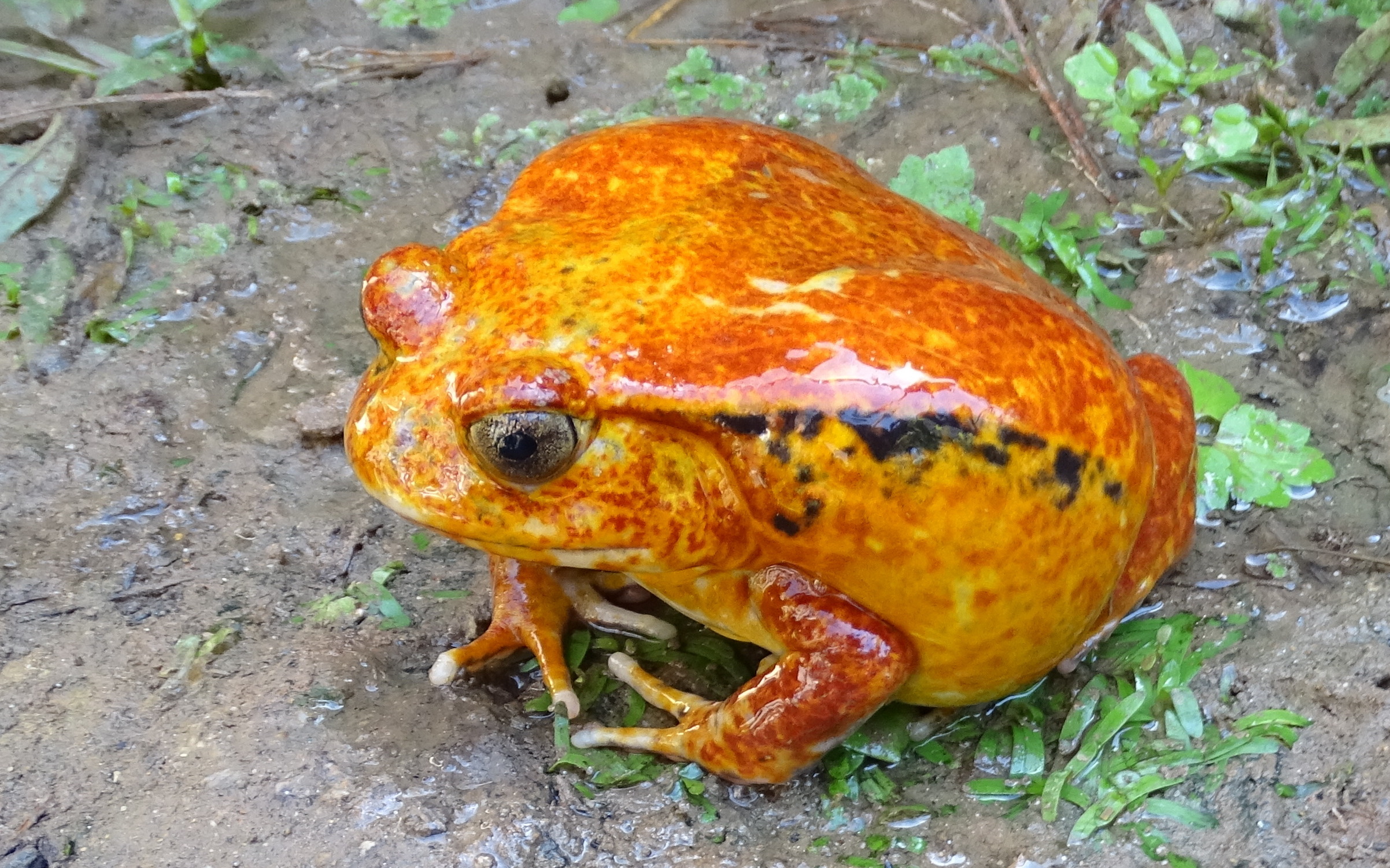 Beyond its toxic skin, the Madagascar tomato frog defends itself against perceived predators by puffing up its body. (Source: John Mather, via Wikimedia Commons)
Beyond its toxic skin, the Madagascar tomato frog defends itself against perceived predators by puffing up its body. (Source: John Mather, via Wikimedia Commons)
When threatened, the tomato frog employs another defense mechanism by puffing up its body to appear larger and more intimidating, further deterring predators. This semi-aquatic frog is primarily nocturnal, becoming active at night to forage for food. It feeds on insects, small invertebrates, and other prey found in its moist habitat, playing an important role in controlling pest populations. Its semi-burrowing behavior helps it stay cool and moist during the day, which provides additional protection from predators.
The international trade in exotic animals for pets poses a significant threat to the tomato frog’s numbers. Though the tomato frog is currently not at immediate risk of extinction, overharvesting of the brilliantly colored amphibian has raised concerns about its long-term survival.
Critical Conservation Strategies to Preserve Madagascar’s Natural Environment
Madagascar’s unique native species exemplify how the island’s wildlife has evolved to utilize its diverse habitats, from rainforests to swampy lowlands. These adaptations not only ensure their survival but also contribute to the intricate web of life that defines the island’s extraordinary biodiversity. The forest-dwelling fossa, for example, plays a vital role in maintaining the balance of native ecosystems. However, its existence is increasingly threatened by a range of human activities and environmental challenges.
Deforestation is one of the most significant threats to Madagascar’s biodiversity. Vast areas of rainforest and other critical habitats are being cleared for agriculture, logging, and urban development. Slash-and-burn farming practices are particularly destructive, as they contribute to habitat loss and soil degradation, making it harder for ecosystems to recover. This forces many species into smaller, fragmented areas, reducing their ability to find food, mates, and shelter, and making them more vulnerable to extinction.
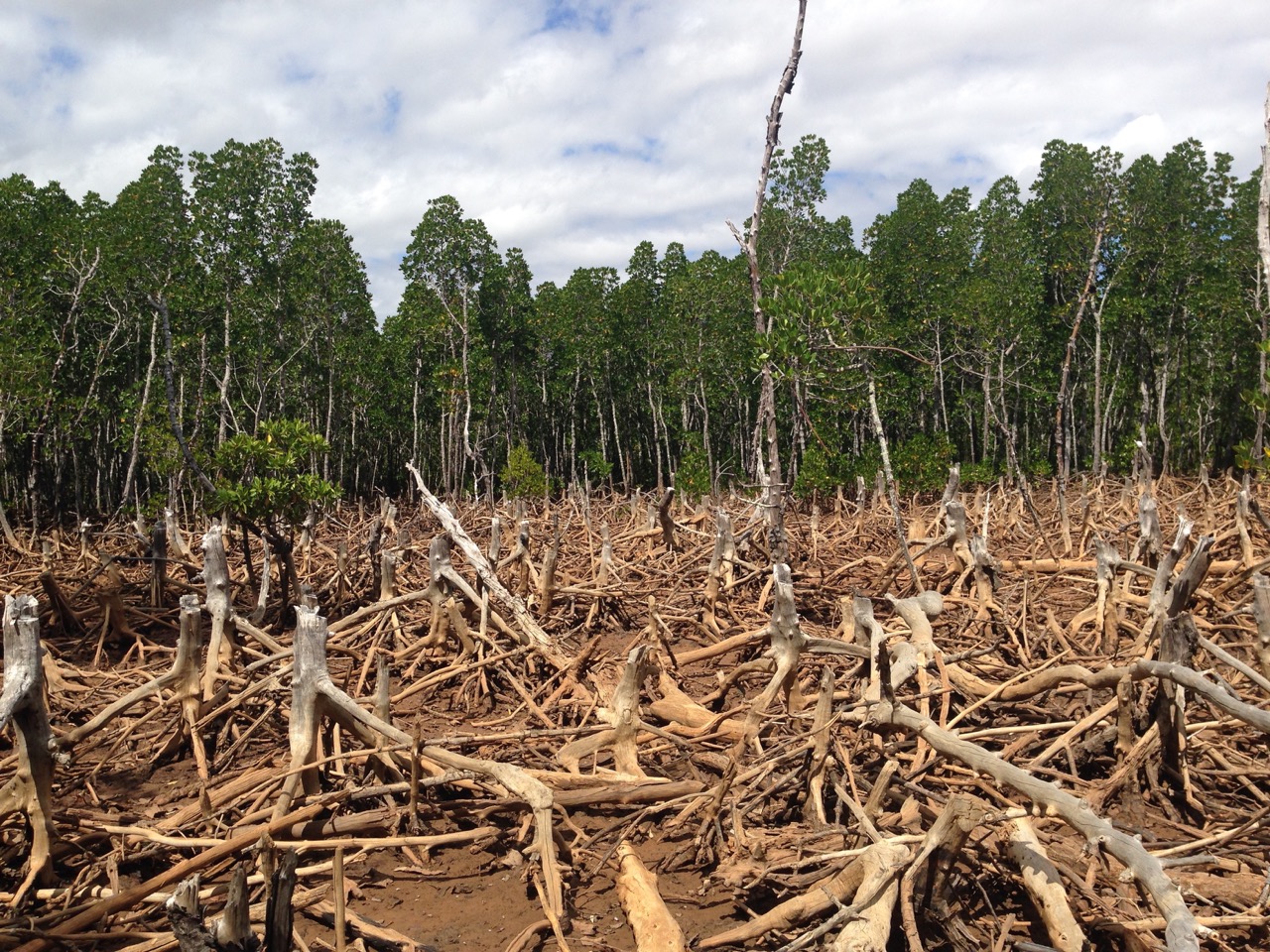 Deforestation is a significant threat to Madagascar’s vulnerable ecosystems. (Credit: Cunningchrisw, via Wikimedia Commons)
Deforestation is a significant threat to Madagascar’s vulnerable ecosystems. (Credit: Cunningchrisw, via Wikimedia Commons)
For example, all the species of lemurs discussed above are endangered, some critically so. In addition to habitat destruction, hunting lemurs is a significant threat, even though this is not only illegal in most areas but also widely considered taboo.
For wide-ranging predators like the fossa, habitat disruption, including destruction and fragmentation, can be catastrophic. Territorial specialists like tomato frogs are also at severe risk. Conservation efforts, such as those under way to protect lemurs, are essential to ensure the survival of these fascinating species and the preservation of Madagascar’s biodiversity.
Another major threat is climate change, which is altering Madagascar’s environment, affecting weather patterns, water availability, and the delicate balance of ecosystems that many species depend on.
For these reasons, international and internal agencies are promoting conservation strategies critical to preserving Madagascar’s unique biodiversity. Efforts such as establishing and expanding protected areas, reforestation projects, and sustainable land management practices are helping to safeguard habitats. Some activities, including habitat restoration and the development of strategies to combat poaching and other harmful human activities, are also effective.
Community-based conservation programs are vital as well, as they engage local residents in preserving their natural heritage while providing sustainable livelihoods. Education and awareness campaigns further emphasize the importance of protecting Madagascar’s wildlife and ecosystems, both for their intrinsic value and for the ecological services they provide, such as pollination, water purification, and climate regulation.
Ultimately, protecting Madagascar’s native species is not just about preserving the island’s natural beauty but also ensuring the resilience and functionality of its ecosystems. The loss of any species reverberates through the ecological web, impacting other organisms and the overall health of the environment. By prioritizing conservation efforts, we can help secure a future where Madagascar’s extraordinary wildlife continues to thrive.
Ω
Kevin Martin is Senior Writer and Associate Editor for MagellanTV. A journalist and communications specialist for many years, he writes on various topics, including Art and Culture, Current History, and Space and Astronomy. He is the co-editor of My Body Is Paper: Stories and Poems by Gil Cuadros (City Lights) and resides in Glendale, California.
Title Image: The sifaka lemur displays its unique leaping method of locomotion. (Source: Adobe Stock Images)
